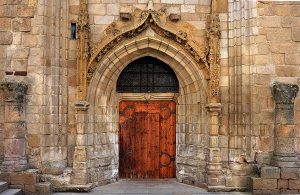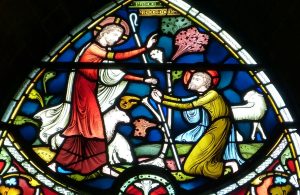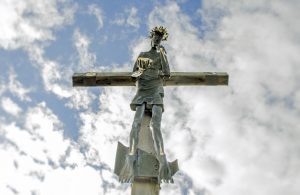There have always been people who disagreed with the Roman Catholic Church, and Leonardo da Vinci is just one of the more famous. His scientific methods were unacceptable to Rome during his lifetime, and he was made to suffer for it. He was even put on trial by the church, yet many of his well-known works support the Bible. This was due to the time in which he lived and the system of patrons who paid him to create these works of art. He was actually considered a heretic by the church, but this has facet of his life has been mostly forgotten over time.
While da Vinci is still famous for his art and scientific theories, Martin Luther certainly eclipses him when it comes to the doctrines of the Roman Catholic Church. Luther was actually a priest, but he considered many of the church’s ways to be against the Bible. He protested to his superiors, and he eventually founded his own church when there were no changes in religious practices. The Lutheran Church continues its existence today, but it is no longer associated with protest. It is simply considered a different way to follow the teachings of Christ.
The Lutheran Church acted as a catalyst for many religious scholars who were unhappy with the practices within their faith, and the Calvinist Church is one more example. Unlike the Lutherans, they did not actually break off from the original Roman Catholic Church. The founders were part of the Lutheran movement, but they discovered doctrinal differences with their religious ideals. They broke away to found their own church, and there are followers in Europe today who still hold to their beliefs.
The Roman Catholic Church may remain one of the most powerful religious institutions of today, but Christianity has broken off into many different sects. Individuals were often labeled as heretics and punished, but the church could do little against large groups who broke away. Some groups were small and lasted less than a few years, but many of them grew large enough to spawn their own heretics.















